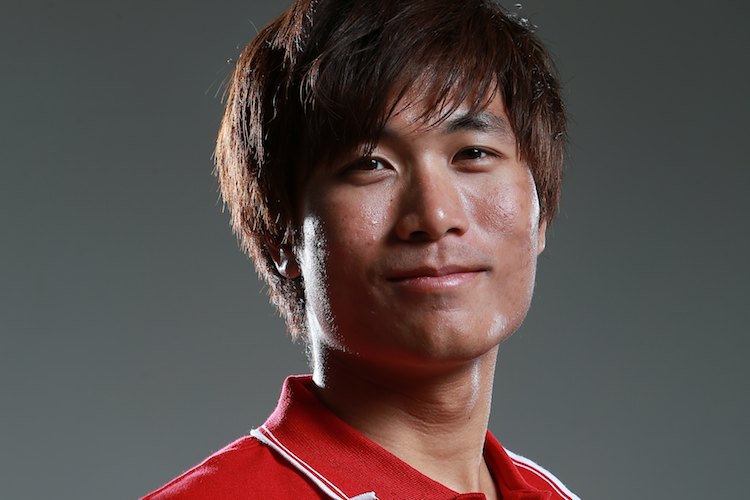
Joel Pang, 23, will sail for Singapore at the 2013 SEA Games. (Photo 1 courtesy of SingaporeSailing)
Joel Pang, 23, will be sailing for Singapore at the 2013 South-East Asian (SEA) Games.
Joel, who started out in track and field, switched to sailing while he was in Singapore Sports School. He is now studying at the School of Sports Science and Management at Nanyang Technological University.
He shares with us why he made the switch and his unexpected foray into sailing at a relatively older age than most sailors.
Les Tan: When did you start sailing? How old were you then?
Joel Pang: I started sailing at a fairly old age. The first time I ever took a step onto a boat was in 2005 when I was 15. At that time I was still competing in the 100 and 400m hurdles in track and field in the Singapore Sports School. Well unlike your conventional sailors who would most probably start when they are 10 or even younger, I am considered a late bloomer.
How did you get started with sailing?
Joel: As much as I wished I could give you some sort of dramatic Korean drama level of excitement, it was actually a pretty simple and plain change.
At that time, I never really had the idea of sailing as a sport or to even change sports for that matter. It was a simple exchange of ideas between the sailing academy general manager (GM) and my own GM from track and field who were discussing the possibility of any athlete who might be interested to join sailing.
To digress from the topic, a short history to set the tone. I was not the first athlete to make a switch. There was another track and field athlete that went to swimming for a while due to injuries that took her off the track for quite awhile, so she made a temporary switch to swimming since she had some background in that sport. So this wasn’t exactly a novel idea, but an idea nonetheless.
So the sailing GM was looking for tall and bigger individuals who might be interested in sailing to make the jump into the sport, because at that time – not so apparent now – the sailors were not very big athletes and so they were not able to move to the larger single handed craft called the Laser. Instead, most would have opted for the 420, a double-handed boat, which requires two people to pilot it.
However, to compensate for the lack of size, the second person in the boat, called the crew – which is my current position on the boat – had to be slightly larger and heavier so that they can make the ideal weight for the boat. So at that time, I was still a track athlete, and let’s say I wasn’t performing my best or rather doing too well in my sport. I was pretty demoralized and unmotivated, especially when you are surrounded with such a large crowd of exceling athletes with the expectation to always perform when you enter a competition.
So my GM knew my position at that time and decided to ask me if I wanted to give it a try. Well at that point there were probably many different factors that could have made me say no. Regardless, I took a leap of faith and said I’d give sailing a try even through I had completely no idea what the sport was about and absolutely no history in it. And from then on, the rest is history.
What is it about sailing that you enjoy? Has that changed over the years?
Joel: Well I guess instead of the thing that I enjoyed about sailing that has changed over the years, I’ve change or rather matured as a sailor to appreciate the sport even more. I guess when I first entered sailing, I did not really know what was going on actually. Probably like any other first timer watching a sailing race, I kept asking, ‘What’s going on!?’ But you start to know and understand the sport a little better, the different elements, tactics, strategy and physical prowess involved in the sport.
A simple example is sprinting. To most it’s a pretty easy sport to watch. Sprinters line up, sprinter bends down, gun goes off, and everyone just runs as fast as they can to cross the finish line while the crowd goes wild. But to a sprinter actually running, there are so many other things to consider: there is the factor of head wind, the running technique, the starting technique, the acceleration right after the gun, the break away to the final line and the dip. By having a better understanding of the sport, this allows you to appreciate it more.
What I really enjoy most right now after sailing for about four to five years, would be the feeling of you against nature. As much as it’s a sport about beating the opponents around you, the other greatest opponent that you will never really have a true advantage over is the weather. If you can beat him, you can beat anyone else. And this is what I hope to do: to always be better, to try and be ahead. It is literally just you against the world.
What are your memorable moments in sailing? The good, the bad, and the funny.
Joel: Some of the most enjoyable times I have ever experienced while in sailing were not always on water. I think having the chance to interact with the various sailors, from both Singapore and oversea sailors, can be very fun. It’s the sort of camaraderie you feel when you all understand each other’s struggles and all shore the same goal. Its something that is inherent in sports, a factor that transcends everything else to bring people together.
The other most memorable moment in a positive way was during the 2008 Asian Sailing Championships. That was actually my first overseas regatta and it was an incredible experience. Having the chance to race with sailors from other nations really was different. That was also the first year that I was competing in the 470 class. It was a tough competition. For one, we only converted to this class three months prior and were again flung into a competition. We really tried our best for that regatta and after all the hard work and pressure, we finally got our first international medal. We went there with an open mind to try and gain as much experience as we courld, and in the process we managed to get something else out of it.
The bad would be the 470 World Championships in 2010. It was my first Worlds in sailing that I competed in. Having only trained in Singapore, I must say we are pampered by the very light and mild conditions that we have here. And so when we arrived in Den Hague, Holland, it was like a whole different world.
The winds were blowing violently almost everyday. Some days, even when our boats were on the shore, we still have to remove our tires and tie our boats down to the ground to prevent it from tipping over if the winds got too strong. The conditions were not forgiving at all and we took the brunt of it. I guess it was a good exposure that we could really get. The most I could really remember from this experience was the skill to upright the boat in the fastest possible time, how not to enter the water when the boat is tipping over and how to best down a spinnaker (the third sail on the boat used for the downwinds) while capsized. We capsized so many times during one of the races, that our coach came up to us and asked us to return back to the start line to prepare for the next race. It was a pretty horrible regatta. It was more of surviving rather than sailing really at that point really.
Well, although we did suffer a lot, the cold, the wind, the beating of the waves, we still had it lucky. Others broke masts, foils, sails, and even the hull of the boat.
There was another incident during the inter-schools. There are usually two waves of start, one for the girls and the other for the boys. Well, the girls would usually sail the O2 course, meaning that they would all be way at the other side of the course. On a 400m track, it would be as though they were at the 200m start line while I was at the 400m start line.
So when my start sounded, I started sailing as best I could, but even then I was forced out to the other side. So to avoid the boats, I kept going in a straight line. And I must admit that my angles were not the best, and so as I was focusing on the location of the top mark, I did not really notice which direction I was headed when suddenly I heard a voice of a girl, who shouted: ‘Hey! I think you should tack.’ I ducked below my boom to see who it was. It was one of the female sailors who started earlier. So without a second thought, I tacked. She then proceeded to ask, ‘What are you doing in the girls’ course?’ I was stunned. I asked myself, ‘Where am I?’, and I totally did not have a clear answer to that. Then she continued, ‘I think you should just stay on this tack to get to the mark’. With that she tacked off and we both parted ways.
I was lucky that she told me that, because I was literally sailing into the other end of the course, way away from the mark that I should really be heading towards. So I was really grateful to her. Although I never really got to thank her on the water, I would soon find out that she would have transferred into the school a few months later.


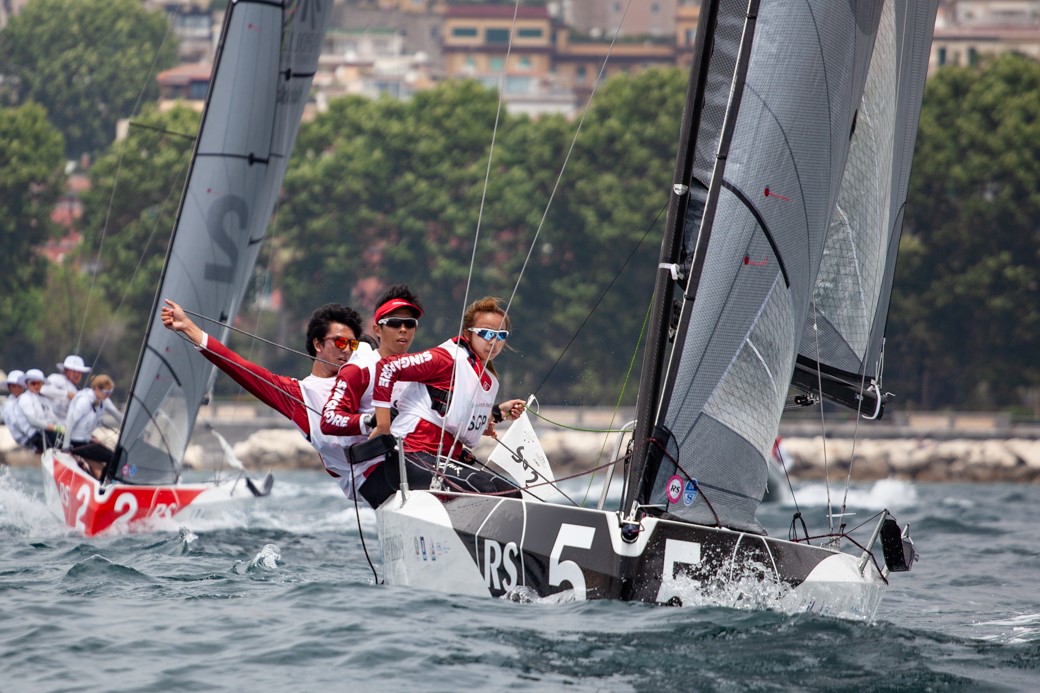
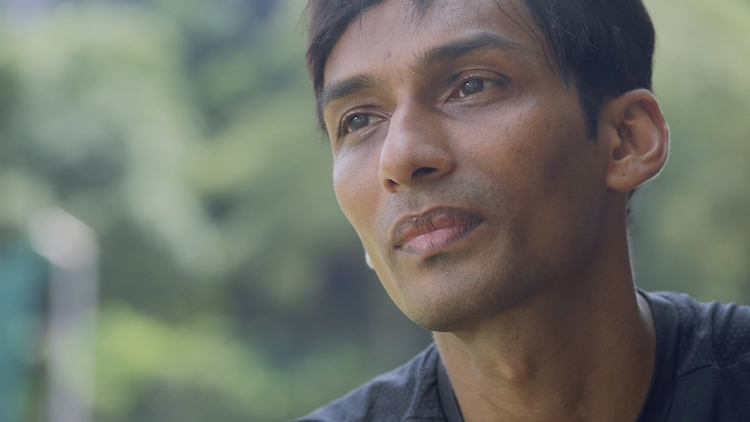
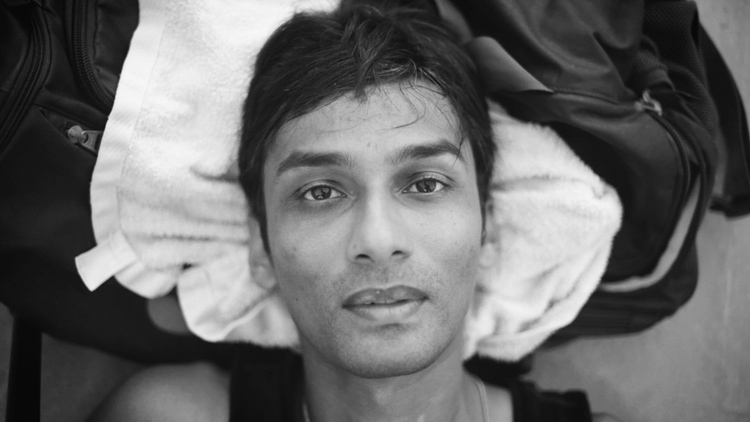
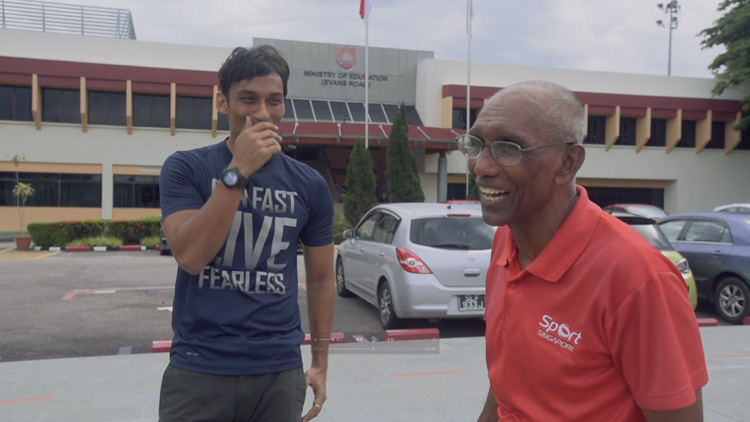
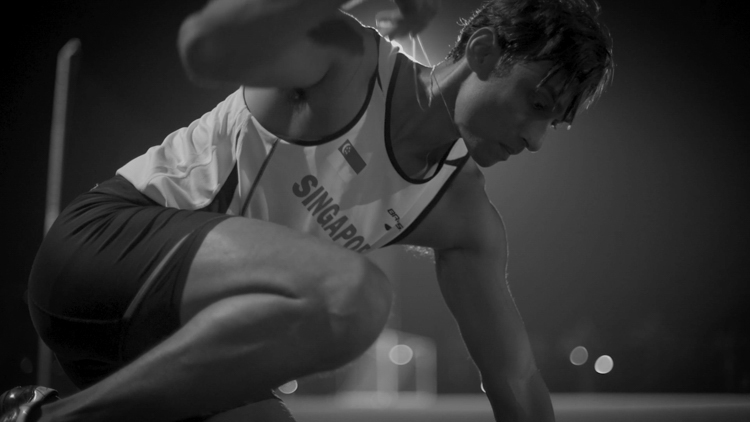
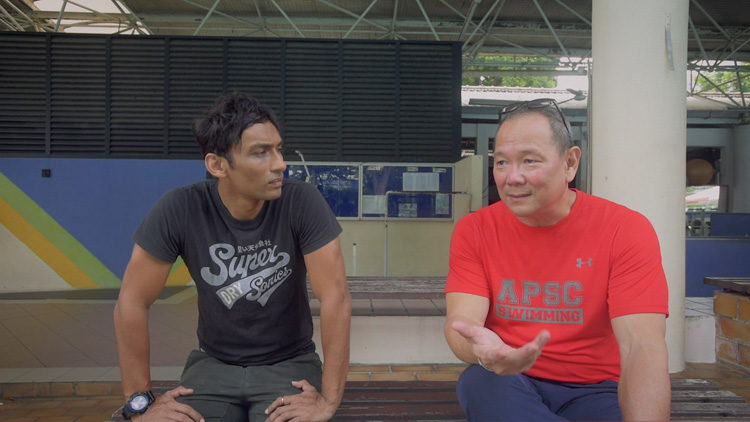
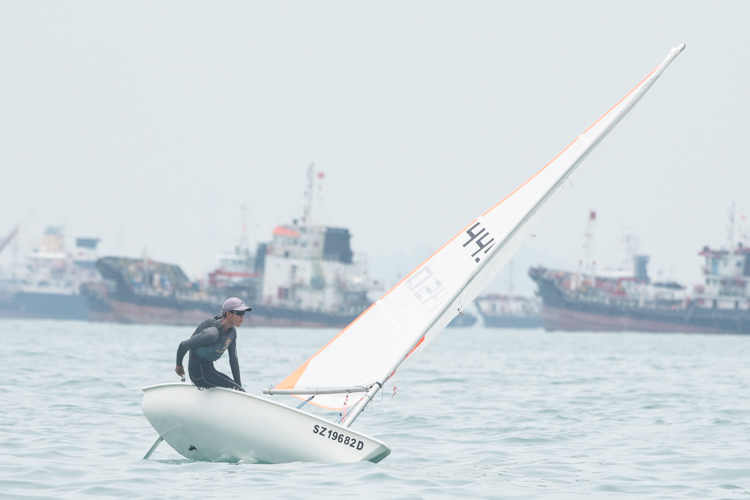
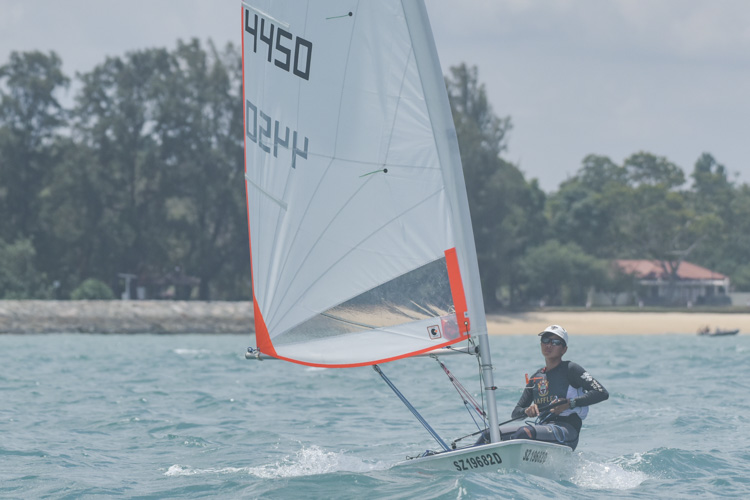
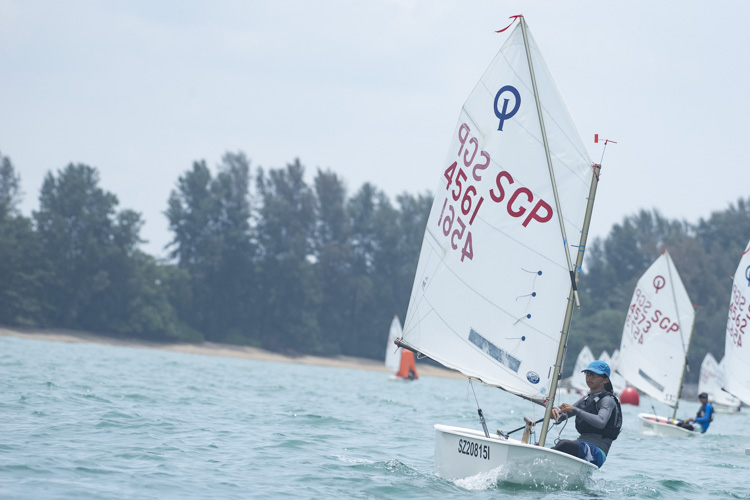
Leave A Comment